donny1963
No longer a newbie, moving up!
- Joined
- Dec 15, 2015
- Messages
- 372
- Reaction score
- 30
- Can others edit my Photos
- Photos NOT OK to edit
Why people use high ISO in daylight situations when there is plenty of light is beyond me.
I know some out there believe ISO works the same way in Digital as the old school film camera days, and it's really not the same.
All your doing when you crank up your ISO higher then 800 is amplifying the signal to the sensor.
Doing that creates NOT GRAIN like it did in the film days but create a bunch of noise, and your getting all kinds of distorted digital signals that looks horrible.
If you really look at it carefully, you see all kinds of color signal distortions and other broken down pixels.
I see it done all the time even in good lighting conditions, where you could achieve a good exposure even at iso 100, but nope it's cranked up to crazy iso ranges..
Other things i see is, some of them that do some landscape shots and use Aperture of 1.8 instead of using a sweet spot aperture like F8 or F16 or what ever that lens sweet spot is, i think they figure they got a 1.8 lens and think using 1.8 is the sharp apeture, which it is NOT!!!!!!!
Normally the lowest Aperture number are the worst ones on your lens, yes great for portrait when you want to blur the background, but not in a full frame landscape shot, where you want a high dept of field.. And the higher numbers is where your pictures start to get to it's sharpest..
Normally in a landscape shot depending your focal length, stopping down on your aperture will create a much sharper image rather then using your lowest aperture specially if it's a 1.4 or 1.8 lens..
I have a 70-200 lens and i can go as low as 2.8 but if i was doing a full frame landscape shot where i want the entire frame sharp, i'm not going to use F2.8..
yes the lenses at 1.8 and 2.8 are sharper lenses normally then the ones that start at 3.5,, that's because the lenses got alot of glass in them and take a good quality picture at it's lowest aperture but it's not it's sharpest F-stop in other words a lens that starts at f 3.5 is it's lowest aperture and there for it's worst as far as sharpness, and then you have a lens that starts at f 2.8 then that is it's worst F-stop for sharpness so if you take the 2.8 lens and shoot at f 3.5 your going to get a much sharper picture then if you took it with the lens that starts at f 3.5.
because on most lenses, the more you stop down the sharper the image will be, until you hit it's sweet spot of course there is a limit on most lenses where the image will not be so sharp, in other words , if you go all the way to it's highest number like F22 or F36, that will most likely not be it's sharpest aperture., Some lenses start to lose sharpness going beyond F11 and so on..
most of the time your at it's best at F8 or F9 then it goes down hill from there..
just as zoom lenses at it's widest angle create barrel distortion and it's starts to even out as you get half way, then when you past half way, it starts to pin cushion the other way..
The same goes with sharpness in aperture.. And the other thing is some do portrait shots like from waist up at focal length at 18 and 35 mm when they got a lens that goes all the way up to 100, and i have no idea why they use such a wide angle focal length, because at focal length's 35 and below portraits look very strange it don't look natural at all...
i wouldn't go below 50 mm for a portrait like that I tend to use focal length above 100 mm..
and real close up shots of the head at like 200 with the 70-200..
but that all depends on the camera you got Sigma 70-200 f2.8 EX DG APO HSM sharpest focal length believe it or not is around the 200 mm range, where ones for Nikon are at it's worst sharpness, if you don't believe me check that out at DxOMark by DxO | DxOMark the stats are all there..
I know some out there believe ISO works the same way in Digital as the old school film camera days, and it's really not the same.
All your doing when you crank up your ISO higher then 800 is amplifying the signal to the sensor.
Doing that creates NOT GRAIN like it did in the film days but create a bunch of noise, and your getting all kinds of distorted digital signals that looks horrible.
If you really look at it carefully, you see all kinds of color signal distortions and other broken down pixels.
I see it done all the time even in good lighting conditions, where you could achieve a good exposure even at iso 100, but nope it's cranked up to crazy iso ranges..
Other things i see is, some of them that do some landscape shots and use Aperture of 1.8 instead of using a sweet spot aperture like F8 or F16 or what ever that lens sweet spot is, i think they figure they got a 1.8 lens and think using 1.8 is the sharp apeture, which it is NOT!!!!!!!
Normally the lowest Aperture number are the worst ones on your lens, yes great for portrait when you want to blur the background, but not in a full frame landscape shot, where you want a high dept of field.. And the higher numbers is where your pictures start to get to it's sharpest..
Normally in a landscape shot depending your focal length, stopping down on your aperture will create a much sharper image rather then using your lowest aperture specially if it's a 1.4 or 1.8 lens..
I have a 70-200 lens and i can go as low as 2.8 but if i was doing a full frame landscape shot where i want the entire frame sharp, i'm not going to use F2.8..
yes the lenses at 1.8 and 2.8 are sharper lenses normally then the ones that start at 3.5,, that's because the lenses got alot of glass in them and take a good quality picture at it's lowest aperture but it's not it's sharpest F-stop in other words a lens that starts at f 3.5 is it's lowest aperture and there for it's worst as far as sharpness, and then you have a lens that starts at f 2.8 then that is it's worst F-stop for sharpness so if you take the 2.8 lens and shoot at f 3.5 your going to get a much sharper picture then if you took it with the lens that starts at f 3.5.
because on most lenses, the more you stop down the sharper the image will be, until you hit it's sweet spot of course there is a limit on most lenses where the image will not be so sharp, in other words , if you go all the way to it's highest number like F22 or F36, that will most likely not be it's sharpest aperture., Some lenses start to lose sharpness going beyond F11 and so on..
most of the time your at it's best at F8 or F9 then it goes down hill from there..
just as zoom lenses at it's widest angle create barrel distortion and it's starts to even out as you get half way, then when you past half way, it starts to pin cushion the other way..
The same goes with sharpness in aperture.. And the other thing is some do portrait shots like from waist up at focal length at 18 and 35 mm when they got a lens that goes all the way up to 100, and i have no idea why they use such a wide angle focal length, because at focal length's 35 and below portraits look very strange it don't look natural at all...
i wouldn't go below 50 mm for a portrait like that I tend to use focal length above 100 mm..
and real close up shots of the head at like 200 with the 70-200..
but that all depends on the camera you got Sigma 70-200 f2.8 EX DG APO HSM sharpest focal length believe it or not is around the 200 mm range, where ones for Nikon are at it's worst sharpness, if you don't believe me check that out at DxOMark by DxO | DxOMark the stats are all there..
Last edited:



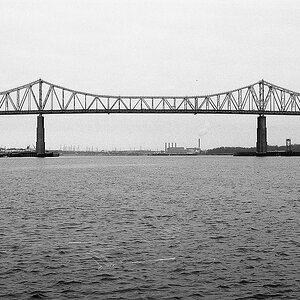
![[No title]](/data/xfmg/thumbnail/39/39184-d7e9fb25ed954af6adbcacfdf106df84.jpg?1619738904)
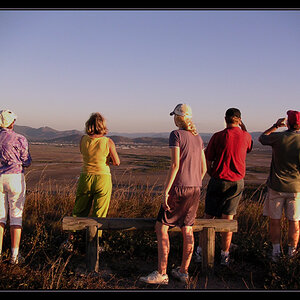
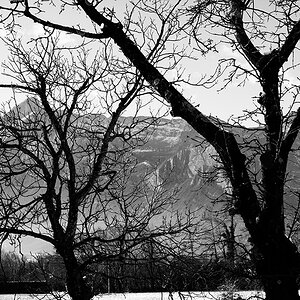
![[No title]](/data/xfmg/thumbnail/41/41765-153b10bab62ae8adbcc4d984fd08ed74.jpg?1619739885)
![[No title]](/data/xfmg/thumbnail/37/37602-1ef8dbb1c2d0e4ff347ee65d328c3603.jpg?1619738147)
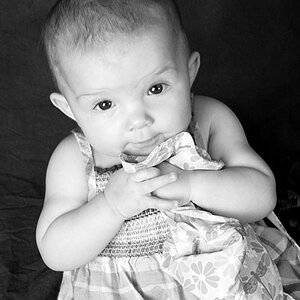
![[No title]](/data/xfmg/thumbnail/34/34119-711b53445c011079fb89b6f42682ed00.jpg?1619736289)
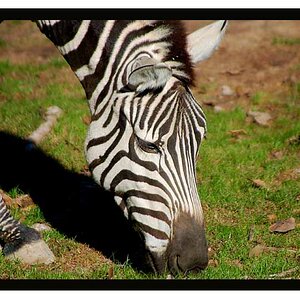
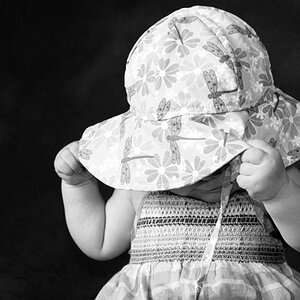
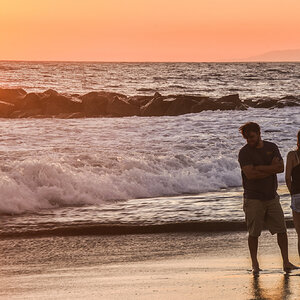
![[No title]](/data/xfmg/thumbnail/35/35967-ee5e7220e6f5cbd7d70fb99fe8ce5038.jpg?1619737285)